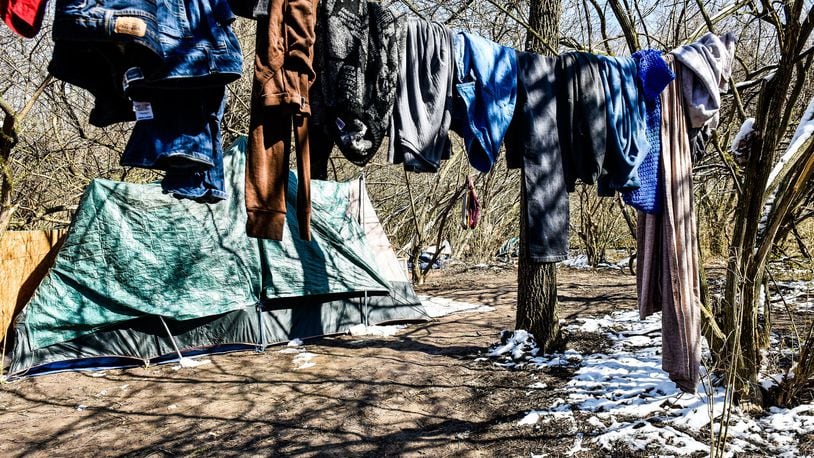The commissioners each year receive many more requests for federal money than funds that are available. This year the various communities asked for $5.1 million to support 39 projects to benefit low- and moderate-income residents. The commissioners approved $1.25 million for CDBG projects and programs and $1.35 million in HOME funds for new housing, down payment assistance and some rehab work.
The largest single allotment in the five-year plan was $2.5 million for infrastructure and neighborhood revitalization. Community Development Manager Desmond Maaytah said those funds will help pay for things like sewer improvements, sidewalks, roads and other big projects the poorer communities can’t afford. The comprehensive plan had broad participation from many areas of the community.
“Infrastructure is a big one for us, public facilities, that could be things like community center upgrades, it could be parks, could be things like the Care Facility,” Maaytah said. “So we don’t know the actual projects, but this is kind of what the community is telling us over the next five years that we should concentrate our dollars on.”
Maaytah said the plan allots $350,000 to help needy elderly fix their properties, which represents a $250,000 increase from the last comprehensive plan.
The plan also puts special emphasis on attacking the lack of affordable housing. About $5.4 million is earmarked directly to help with the housing problem, like down payment assistance and rehabilitation of existing housing.
Mindy Muller with the Butler County Housing and Homeless Coalition said in this new coronavirus world the fragile housing situation is even more dire. She said “bricks and mortar” are obviously needed to provide more housing but right now people are in danger of losing the homes they are in.
“This has created a huge issue with people that just aren’t making it. They don’t have the resources, they don’t even know what to do” Muller said. “It is complex, it is bricks and mortar building and developing affordable housing that absolutely is something that needs to happen. But it is also making sure there is a stable, ongoing system for educating people on how to manage money responsibly.”
HUD announced Thursday a separate infusion of cash is coming to Ohio to help home buyers. The state has been allotted $8.75 million under the national Housing Trust Fund program. The primary purpose of this program is to increase and preserve the supply of decent, safe, and sanitary affordable housing for extremely low-income and very low-income families.
“The Housing Trust Fund is an effective tool to create and preserve much needed affordable housing,” indicated HUD Midwest Regional Administrator Joseph P. Galvan. “This funding will create synergies and provide self-determined solutions to address the affordable housing shortage when we need it most.”
When counters hit the streets Jan. 21 they found 70 people living in the frigid elements, up from 38 people they counted a year ago. In order to get federal funding from the Department of Housing and Human Development the county is required to count the homeless once a year and HUD picks the date.
Mindy Muller, with the Butler County Homeless Coalition, said the numbers this year are slightly skewed.
“We did a better job doing the count this year, it was much more organized at the state level,” Muller said. “They did an app which allowed for a less cumbersome counting process, so the numbers are higher than they have been, but also the count was done differently so it’s not an apples to apples comparison.”
Muller has not yet received final PIT count numbers from the state.
About the Author
